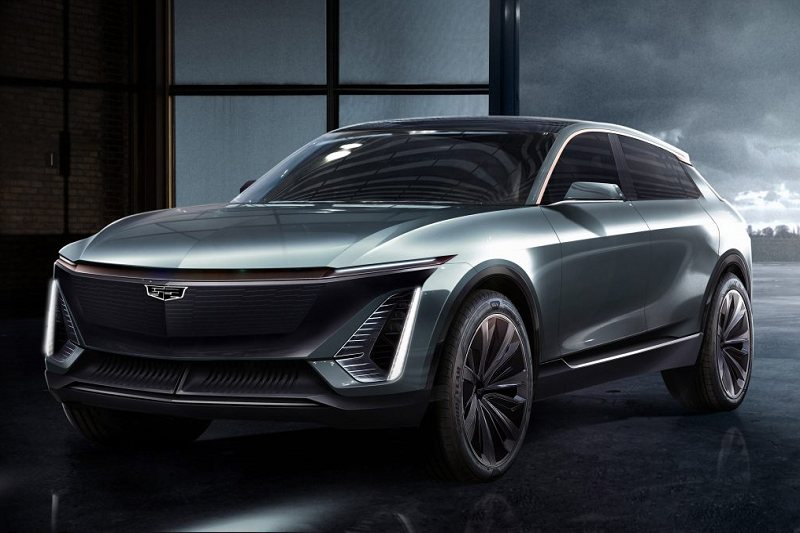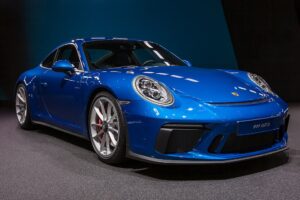General Motors (GM), one of the world’s largest automakers, has temporarily halted production of some of its electric vehicles (EVs) due to a shortage of battery cells. The company is facing challenges in scaling up its EV output as it competes with other manufacturers for the limited supply of batteries.
BrightDrop affected by Ultium cell shortage

One of the affected brands is BrightDrop, a GM startup that builds last-mile delivery vans for companies like FedEx and Verizon. BrightDrop has stopped building EVs at its plant in Ingersoll, Canada, due to a lack of Ultium battery cells. Ultium is GM’s new battery platform that powers its latest EV models, such as the GMC Hummer EV and the Cadillac Lyriq.
GM debuted BrightDrop and its delivery van, the Zevo 600, during chairwoman Mary Barra’s keynote address at CES in 2021. The van was developed in record time and leverages GM’s Ultium batteries. Production began later in 2021, but some of the customers will have to wait longer due to the battery shortage.
Hummer EV and Lyriq sales lagging behind
This is not the first time that problems with Ultium cells have affected GM’s EV production. In 2022, GM had to stop selling the BrightDrop Zevo 600 van and the Hummer EV due to badly sealed battery packs that could let water in. More than 65,000 people put in a reservation for the Hummer EV, but production numbers have a long way to go before satisfying that demand. Likewise with the Cadillac Lyriq, which only sold 2,438 units in the first half of 20232.
GM has only one operational Ultium factory, a joint venture with LG Energy Solutions in Lordstown, Ohio. But things at that plant have not been running entirely smoothly. At the end of June, it had to shut down production to fix an emissions problem, just as GM wanted to begin production of other Ultium-based EVs like the Chevrolet Silverado truck. Other safety issues at Lordstown are also factoring into GM’s negotiations with the United Auto Workers union, which wants better safety conditions for workers.
GM is building more Ultium plants in Tennessee, Michigan and Indiana, but they are not expected to open until later this year or next year. Meanwhile, GM is vowing to build more EVs in the second half of this year as battery capacity picks up. GM’s president of North America, Rory Harvey, said on a call with other executives that he anticipates “a lot more EVs being built in the second half of this year than the first half of this year”.
Battery supply crunch affects other automakers
GM is not alone in facing battery supply challenges. Other automakers are also struggling to secure enough batteries for their EV plans. Tesla, the market leader in EVs, has warned that battery cell supply is a limiting factor for its growth and has invested in its own battery production capacity. Ford, Volkswagen, Hyundai and others have also formed partnerships with battery suppliers or announced plans to build their own battery factories.
The global demand for batteries is expected to grow exponentially as more countries and regions adopt policies to phase out fossil fuel vehicles and promote electric transportation. According to BloombergNEF, global battery demand could reach 4.5 terawatt-hours by 2030, up from about 0.3 terawatt-hours in 2020. To meet this demand, more investment and innovation are needed in the battery industry.











